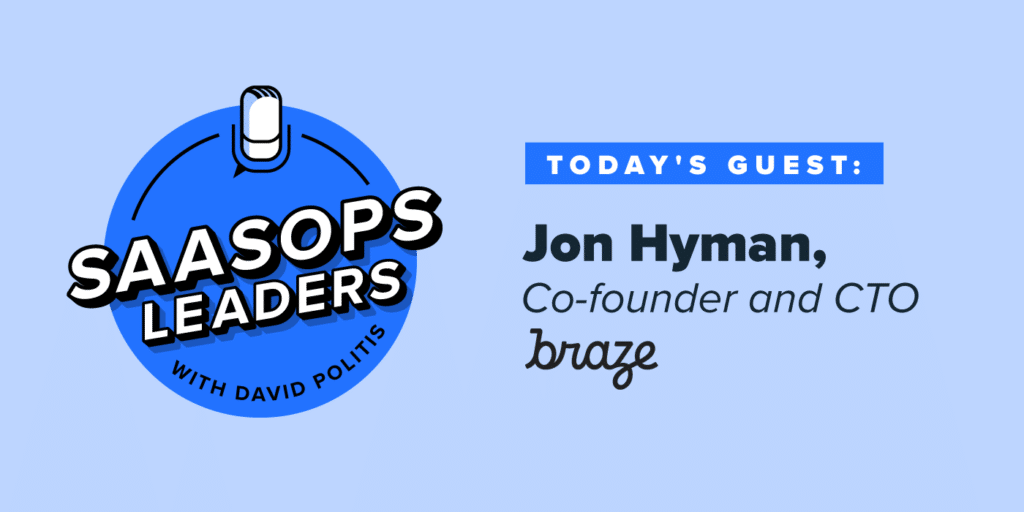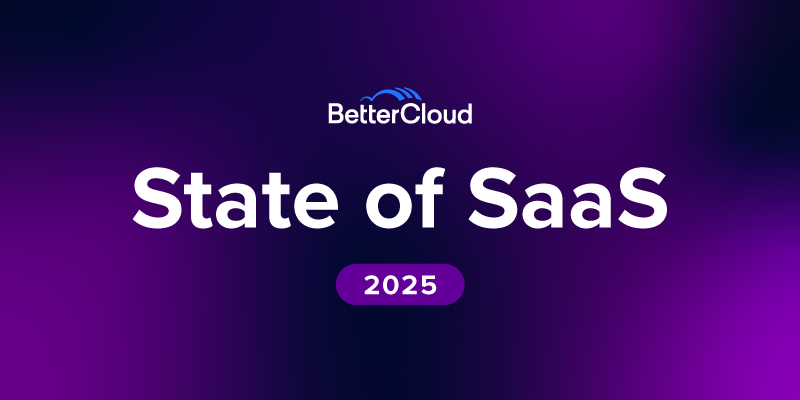Top 5 Ways SMBs Can Leverage FlashPanel Enterprise
April 21, 2014
3 minute read

Though BetterCloud is an enterprise-level management and security tool, there is plenty of valuable functionality scalable for small and medium-sized businesses, too. Smaller businesses may not (yet) need the bulk tools and automations that BetterCloud provides, but putting processes in place early saves time and can help ease growing pains later on.
The five tools outlined below are among the most popular for our SMB customers, solving small business needs without a heavy-handed solution.
1. Manage Contacts
Since contact management is not natively built into Google Apps, most SMBs are looking for an inexpensive and well integrated solution. BetterCloud’s contacts functionality allows admins to import and maintain a list of contacts, such as vendors, suppliers, or customers who users may need to regularly email.
How it works
→ Create contacts one-by-one, using a spreadsheet, or importing from Google Contacts
→ Update entries to include additional contact information, such as a title or alternate phone number
→ Share contacts with everyone, or just specific users, groups, or Org. Units via tags
→ View tagged contacts in designated folders within Google Contacts and on mobile devices
Why you should use it
For organizations that don’t need a full-force CRM, BetterCloud is a great solution. Upload a database of external contacts–using tags to share groups of contacts with specific users–and enable users to have on-the-go access to their entire network of contacts.
2. Delegate Inboxes
Say that an assistant regularly needs access to the CEO’s inbox, or an account manager is responding to client emails while a coworker is on vacation. Without providing a password or giving access to Drive or other assets, an admin can delegate the inbox of a user to another.
How it works
→ Enter two users’ email addresses to create a delegation pairing
→ Notify the user with delegated access that he or she can now toggle into the other user’s inbox just like he or she is switching accounts, and read and send emails on the user’s behalf
Why you should use it
Without a huge team to pick up the slack when a user is out of the office, SMBs can use email delegations to link accounts and gain inbox access when a user is away.
3. Share Calendars
Used on an hourly basis, calendars are the center of scheduling and time management within Google Apps. Improper calendar settings can result in missed meetings or forgotten deadlines, so performing regular maintenance and auditing is key to preventing mishaps. Most organizations choose to share full details of users’ calendars with everyone in the domain to simplify scheduling meetings. Use BetterCloud’s calendar management features to make adjustments in bulk.
How it works
→ Filter by primary calendars, which are associated with users’ email addresses
→ Select all and edit sharing settings to show full event details within the domain
→ Create and manage calendar resources as well, to allow users to book time in a conference room or reserve a company car
Why you should use it
Secondary calendars are a great option for keeping up with team projects. Create one for each department, like “Marketing Calendar,” add PTO days, department initiatives, and other events, then use BetterCloud to make sure all team members have access.
4. Apply Email Signature Policies
Similar to using a custom domain name, appending a branded signature at the end of your users’ emails conveys professionalism. Any user can go into his or her Gmail settings to create a signature, but BetterCloud makes it possible to apply a standardized signature across all users on your domain–including your organization’s logo, address, and website.
How it works
→ Use a template or design a signature from scratch, including logos, links, and custom fonts and colors
→ Decide which contact fields to display, such as a user’s name, title, and work phone. These will auto-populate for each user, pulling his or her contact information in the directory.
→ Apply the signature to users one-time, or create a recurring policy to ensure that everyone’s signature is always uniform and consistent
Why you should use it
Rather than emailing back and forth about contact information when arranging a meeting, create a signature for your organization to pre-populate your users’ emails with contact information. Add links to give quick access to your organization’s website and social pages, so prospective clients can connect and learn more.
5. Control Drive Sharing
Google Drive empowers users to collaborate and share documents in real-time, but also puts your organization at risk for accidental public exposure. In order to perform a full audit of how documents are currently being shared on your domain, use BetterCloud’s Drive Explorer, which displays a list of all docs within your domain.
How it works
→ Look at all publicly or externally shared docs for any sensitive information that should not be shared publicly
→ Change the sharing settings in bulk to bring the documents back into compliance
→ Set up sharing policies for individual users, Org. Units, or the entire domain to notify users of auto-correct sharing violations as soon as they happen
Why you should use it
Other than making sure sensitive data isn’t shared inappropriately or outside of your domain, Drive Explorer can be helpful in the user onboarding process, in sharing team documents or those owned by a user in a similar role with the new hire.






